Exploring Ancient Mexico Beyond Chichén Itzá
Far from the tourist track, the remote pyramids of the Yucatán Peninsula have ancient secrets to share. Lydia Jones deciphers their mysteries.
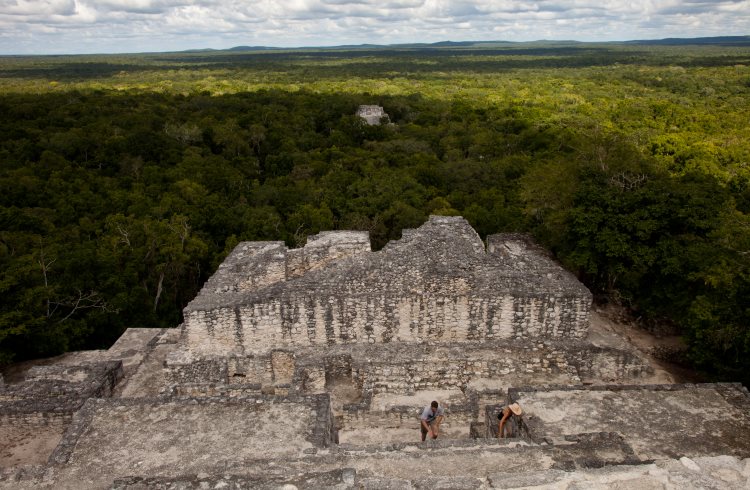 Photo © Getty Images / Michael and Jennifer Lewis
Photo © Getty Images / Michael and Jennifer Lewis
I experience the Maya ruins through touch. I want to climb, swim, row, absorb their energy, ponder and stand in awe in jungle that I have all to myself. For that, it’s worth getting off the beaten track.
I have been to Chichén Itzá. It’s majestic, but full of vendors and crowds, so I can't feel its power. It took me five years of traveling in southern Mexico (after moving here from England) to begin to feel the energy of the ruins and see the pattern of stone masks and motifs. Now I’m hooked.
The various routes are named for their architectural styles, but I’d like to take you behind that to the mysteries of Maya thought. At first, the masks and motifs all look the same, but they have different tales to tell.
Mountain Monster (Río Bec Route, Campeche)
I first met Witz, the Mountain Monster, at Chichén Itzá, although my guide identified him as Chaac, the Rain God. Through my research, I discovered that Witz was to be found everywhere among the Río Bec group of sites in southern Campeche. These sites were occupied from around 300 BC – their later pyramids follow the style of Tikal in Guatemala, with mysterious false doorways and mock temples that you can’t enter, all built for show, not use.
I choose Balamkú first, the only site where you can actually go inside the temple and meet the monsters. The walk to the pyramid gives me the feeling of being an ancient jungle dweller – superstitious, and rather frightened. I can feel the jungle spirit that the Maya believe in. When I get to the temple, the guard is as delighted to see me as I am to see him, out there in the dense forest with nothing but howler monkeys for company.
Inside the pyramid, I’m alone with the ancient ancestors. Three huge pot-bellied toads sit on a monster's skull, on a long frieze across a narrow room. From the wide-open maw of each toad emerges a seated, cross-legged ruler. The monster mask has huge eyes and large teeth, and the bottom jaw is buried in the earth.
The mask of Witz marks the pyramid as a sacred living mountain. A deceased Maya ruler did not die; he traveled. First he entered, through the Witz's mouth, the waters of the underworld, where he had to defeat its wicked lords before continuing his journey up the mountain into paradise. The toads helped each king complete his journey. Toads are connected to the underworld and their croak heralds rain, leading to the renewal of the earth.
From here, I continue my journey to Hormiguero to face the largest Witz of them all. If Balamkú is spooky, Hormiguero is even more ghostly. I feel suspended in time, breathing the primordial atmosphere of the trees, although only 12.5mi (20km) off the highway. The tracks through the forest are no more than faint traces, and then suddenly I’m face-to-face with the gigantic Witz gateway to the temple. The rest of the ruins are barely explored, heaps of stone swallowed up by nature. I can feel, in my bones, the ancient Maya fear of death, the desire for rebirth, and the ever-present threat of the jungle.
If you want a similar experience, but conveniently on the highway, try Chicanná. The other sites have smaller Witz masks. Calakmul is vast and remote and you’ll need all day. In Xpujil, the Tikal-style towers are impressive, but you can’t climb the only pyramid, while at Becán you can climb a number of them.
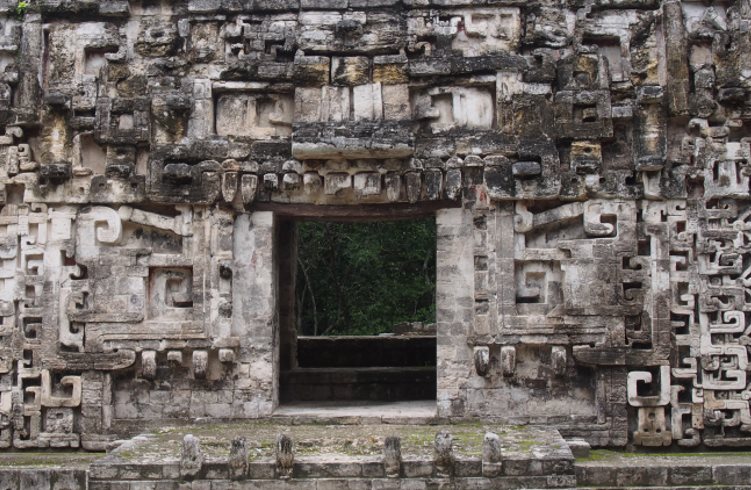
Cosmic Bird (Puuc Route, Yucatán)
“Puuc” in Maya describes the range of low hills south of Mérida, a dramatic contrast with the level limestone plain of the rest of the Yucatán peninsula. These sites are notable for ornate mosaics from 700-900 AD. I’m standing on top of the Great Pyramid of Uxmal, the most elegant of Maya sites. I’m admiring the view of the jungle, but my real focus is the intriguing masks, just behind me. I’m curious, and I want to get to the bottom of these stone faces.
I have already greeted with a smile my old friend Witz, who presides on top of the Magician's Pyramid. But how about the other masks? They can’t be Chaac the Rain God, because he has a down-curling nose, while most of these masks have up-curling noses instead.
Some researchers claim they could be the Cosmic Bird called Itzam Yeh, with a “long lip,” rather than a snout. I think of it as a beak. The Cosmic Bird sits on top of the World Tree, a manifestation of the sky god Itzamná. Could he be waiting there to welcome the deceased king to the Upper World? I settle on that story of divinity and immortality.
From here I’ll continue along the Puuc Route to the charming, smaller sites of Kabáh, Sayil, Xlapak, and Labná, quietly checking whether the noses curl up or down and staring into the manic eyes of the Cosmic Bird. If you have ever looked a bird in the eye, you’ll know what I mean. Then I’ll make a detour to Kulubá, east of Tizimín. It’s not on the Puuc route, but it has the same masks of the Cosmic Bird. Although it’s set among the cattle ranches of northern Yucatán, it still has that jungle magic I found on the Río Bec route. It breathes the ancient Maya message of eternal life.
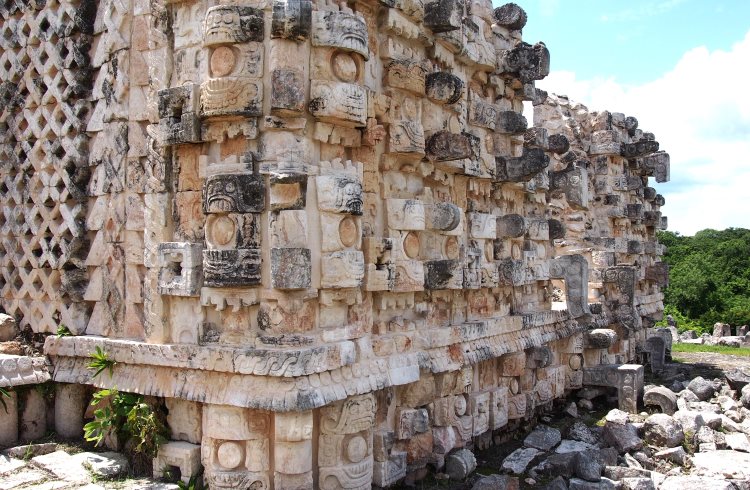
Trip Notes
Mountain Monster
Balamkú, Calakmul, Hormiguero, Chicanná, Becán, Xpujil, Dzibanché, Kinichná
The Río Bec route is in the jungle of the Calakmul Biosphere (along its only highway), in the state of Campeche. Dzibanché and Kinichná are off the same highway in the state of Quintana Roo. For remote Hormiguero and Calakmul, both in the jungle off the highway, you’ll need a car.
The entry fee to most of the ruins is US $2.70 ($55 MXN). Hormiguero is free. Calakmul has a set of fees, US $2.45 ($50 MXN) per person for the first 32mi (20km) of the dirt road, which is private land, US $3.45 ($70 MXN) to enter the Calakmul Biosphere, and US $2.45 ($50 MXN) for the ruins.
The village of Xpujil is best for accommodation for all the sites. Avoid the rainy season (August-October) when the jungle is very humid and full of mosquitoes.
Cosmic Bird Route
Uxmal, Kabáh, Sayil, Xlapak, Labná, Kulubá
These sites are mainly on the Puuc Route in Yucatán, about an hour south of Mérida. Kulubá is hidden in the jungle of Tizimín, north of Valladolid.
The entry fee for Uxmal is US $11 ($223 MXN); for Kabah, Labná, and Xlapak, US $2.45 ($50 MXN). Sayil and Kulubá are free. Uxmal offers a few hacienda hotels and Santa Elena, cheaper eco cabañas.
Related articles
Simple and flexible travel insurance
You can buy at home or while traveling, and claim online from anywhere in the world. With 150+ adventure activities covered and 24/7 emergency assistance.
Get a quote
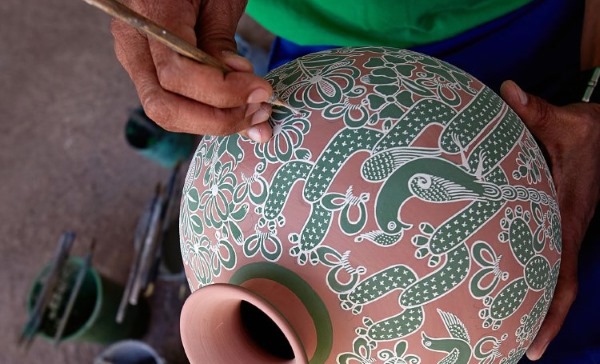
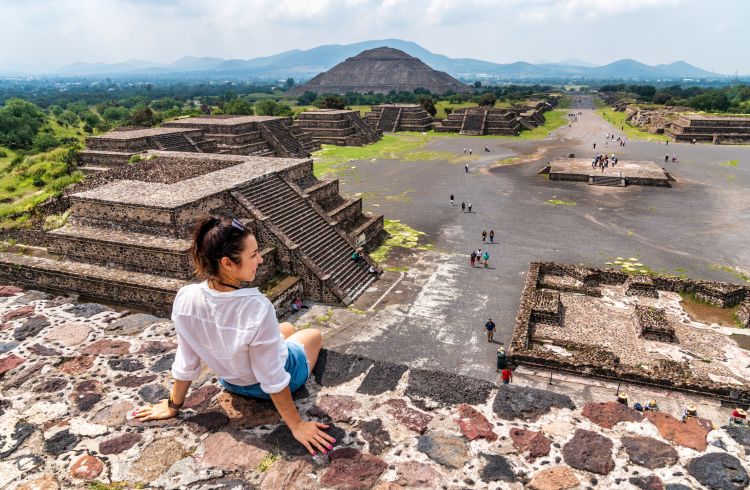
No Comments